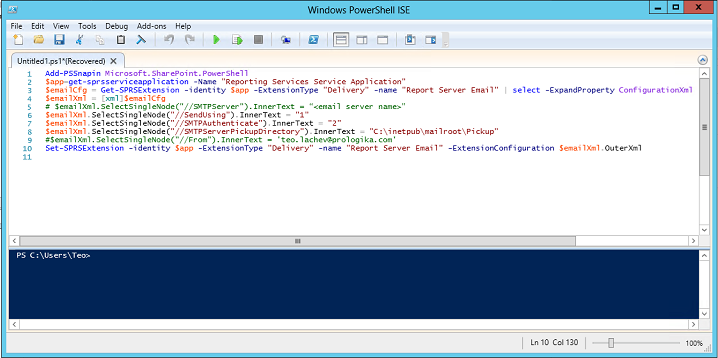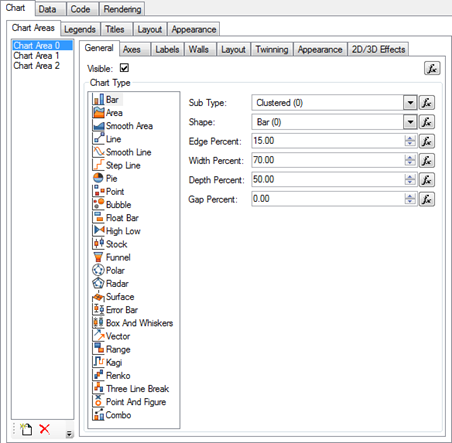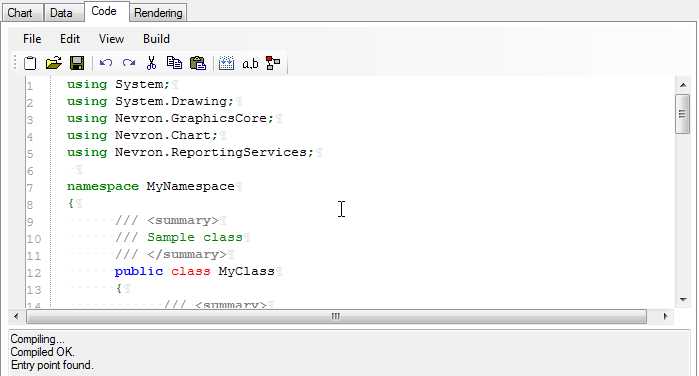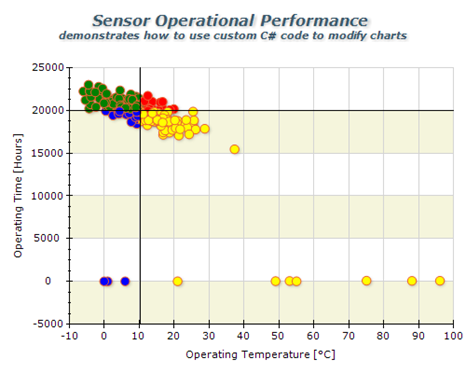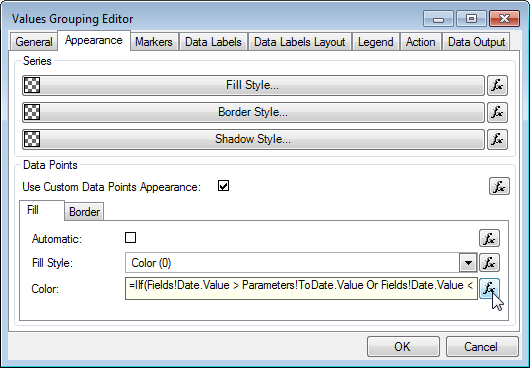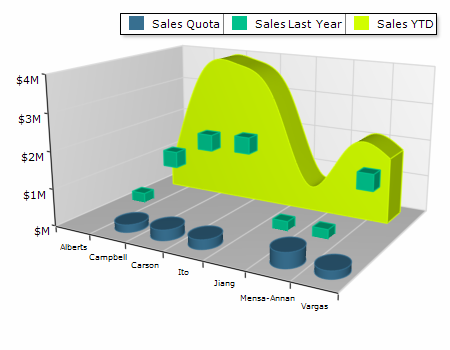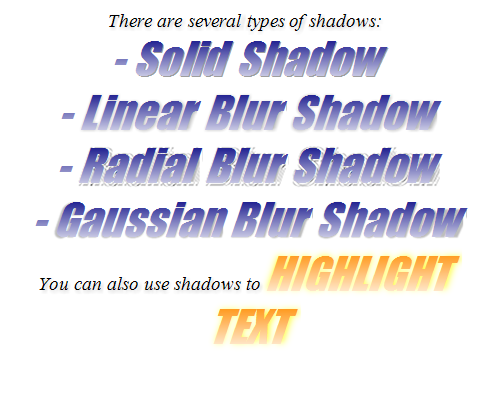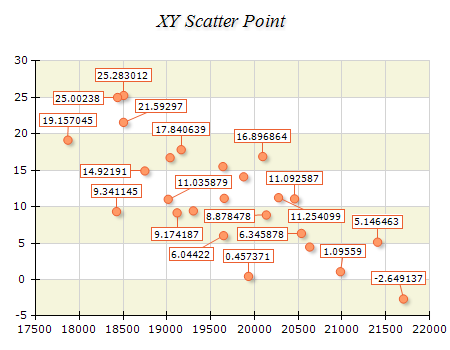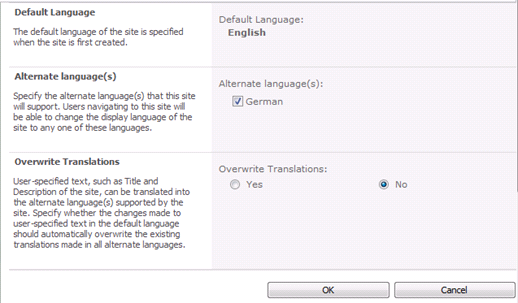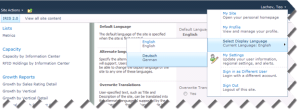Introducing Office Online Server
Continuing the line of thought from my previous blog “Microsoft Unveils BI Roadmap”, one nagging question still remains. What to do with all these Excel files now that SSRS came with a vengeance and has been promoted to THE on-premises BI platform? It looks like Microsoft is thinking along these lines. Interestingly, Excel Services will be removed from SharePoint Server 2016 and replaced with Office Online Server, as explained here. And this page gives more details about Office Online Server which is currently in preview. In a nutshell, Excel rendering would work pretty much in the same way as in SharePoint Server 2013. The most common scenario that Microsoft plans now is to have the Excel workbook in SharePoint. When you open the workbook, SharePoint will redirect you to the Office Online Server using a WOPI frame (some sort of an Iframe), with some special tokens that enable Office Online Server to retrieve the workbook from SharePoint, and then render it as usual. This will work for Power Pivot models as well. Office Online Server (OOS) also supports loading Excel files from OneDrive which is how Power BI Excel rendering works today.
But wouldn’t be nice to extend SSRS 2016 and integrate with OOS so that you can deploy Excel reports to a report server installed in native mode? This would allow SSRS to handle all of the important Microsoft report formats (SSRS, Datazen, Power BI Desktop, and Excel). If OOS doesn’t require a SharePoint license, this will be a great value proposition as well as you will save you a SharePoint Server Enterprise Edition license. This is precisely the wish I communicated to Microsoft and posted it on the Excel wish list. Please vote if you like the idea.
You know that there is an Excel wish list site, right?


